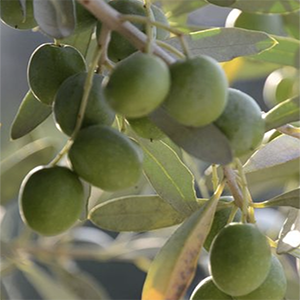Should extra virgin olive oil production change the approach? A systematic review of challenges and opportunities to increase sustainability, productivity, and product quality

All claims expressed in this article are solely those of the authors and do not necessarily represent those of their affiliated organizations, or those of the publisher, the editors and the reviewers. Any product that may be evaluated in this article or claim that may be made by its manufacturer is not guaranteed or endorsed by the publisher.
Authors
Extra virgin olive oil is constantly gaining interest for its outstanding health and nutritional properties. However, the production process generates roughly four times more waste than the quantity of oil. For this reason, improvements in extra virgin olive oil production and in the valorisation of olive mill by-products are urgently needed, thus motivating this work. The first aim of this review is to summarise current knowledge regarding machines, plants, and processes in extra virgin olive oil production. The second aim is to suggest specific innovations and improvement strategies to increase sustainability, productivity, profitability, and quality. This review clearly highlighted the copious advantages of modern production plants, which can control oxidation processes, avoid temperature increases, and significantly improve the quality of extra virgin olive oil. However, the production chain must face the monumental environmental sustainability challenge. In this direction, this review highlighted that scientific and technological research has made great strides in managing olive mill by-products, suggesting several strategies related to the recovery of polyphenols and applications in agriculture, feed, and food. However, to succeed in this ambitious project, harmonious teamwork between European policies, states, regions, and private companies is needed.
How to Cite

This work is licensed under a Creative Commons Attribution-NonCommercial 4.0 International License.














